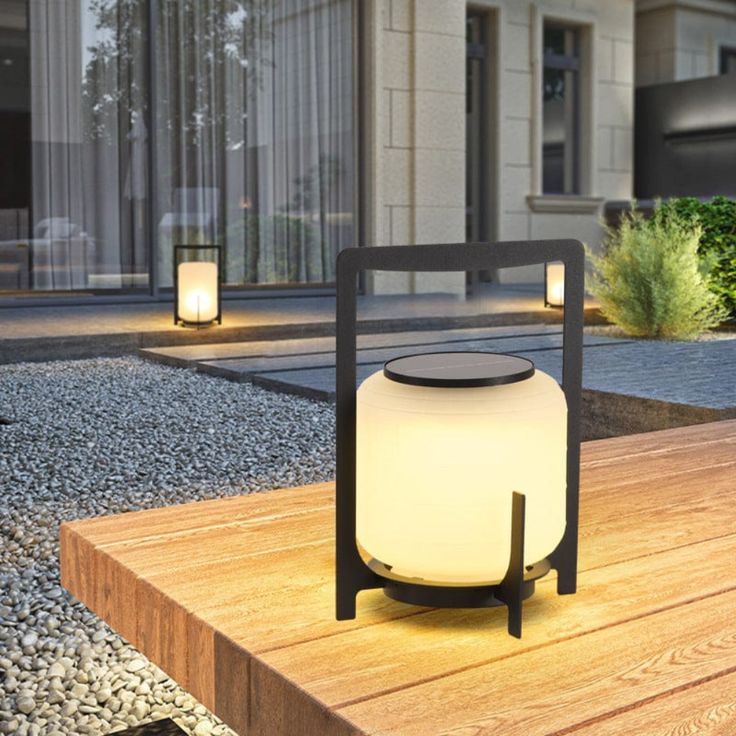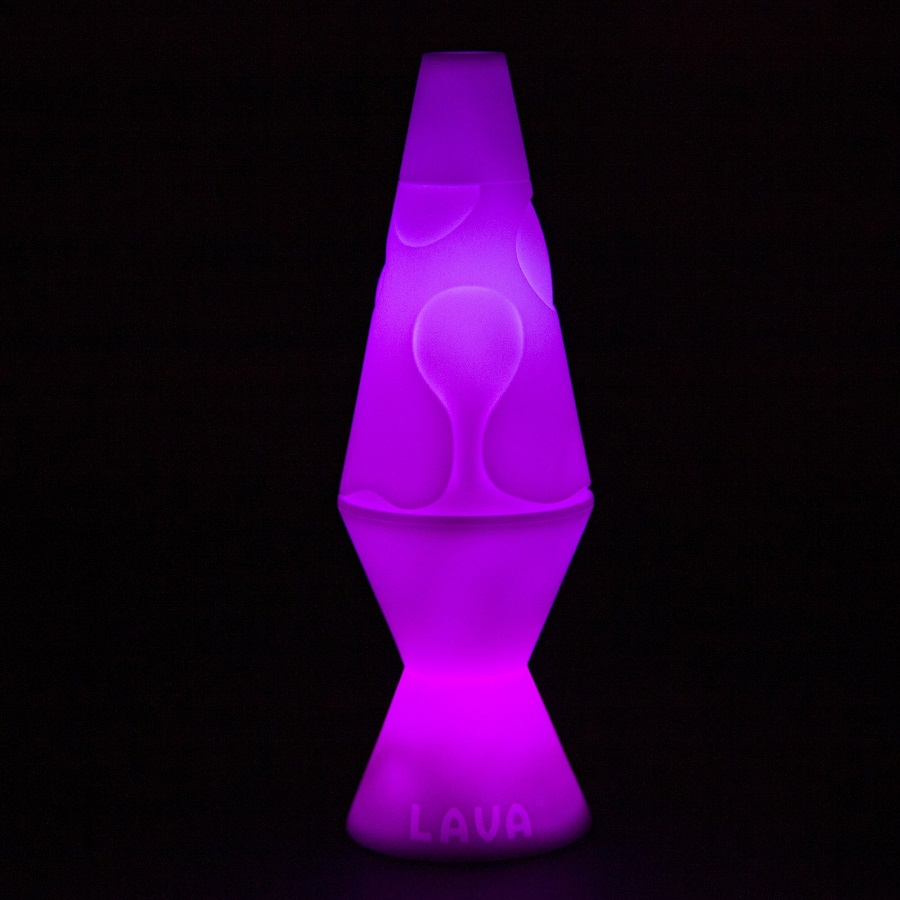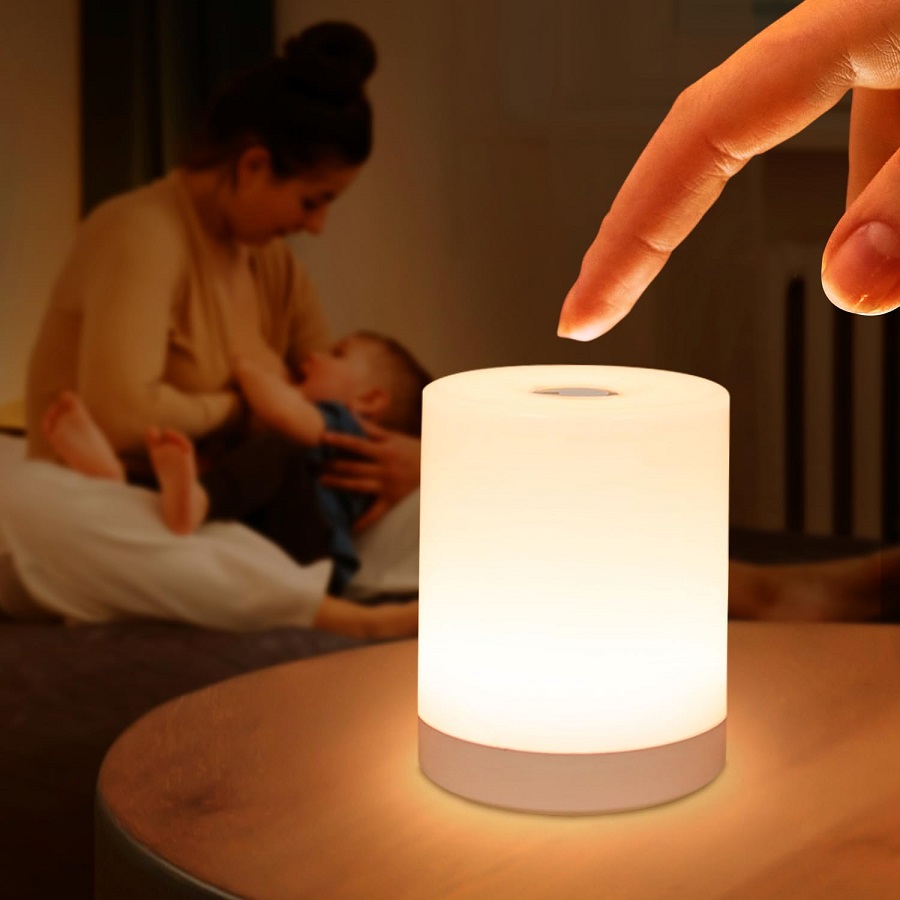Teeth whitening has become a popular cosmetic treatment for those wanting a brighter smile. One method that has gained significant attention is the use of LED light technology. But does LED light actually whiten teeth, and how effective is it compared to other treatments? This comprehensive article will explore the science behind LED teeth whitening, its benefits, potential risks, and how it compares to other whitening methods.
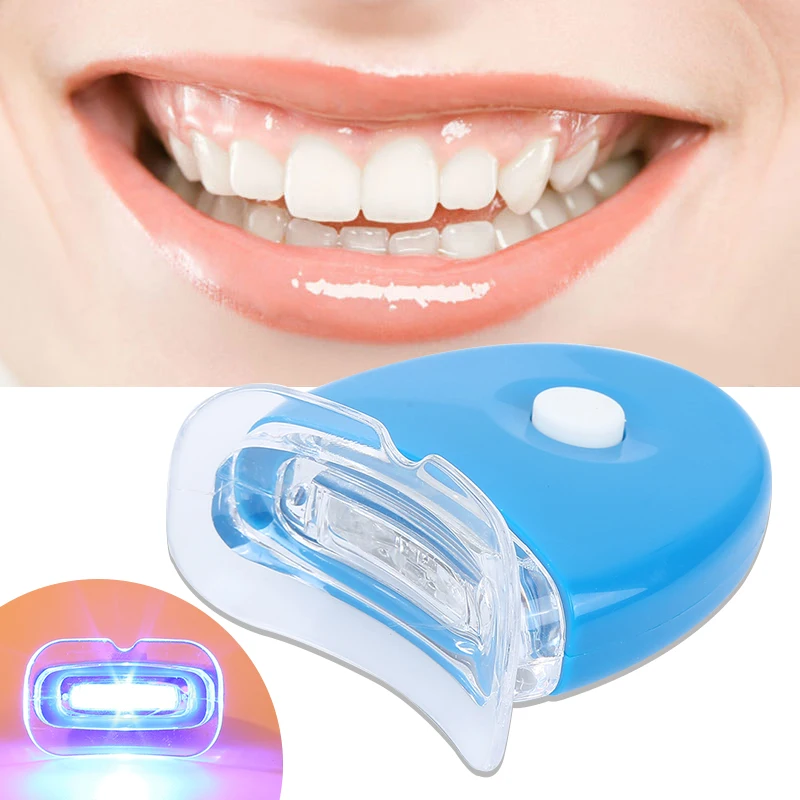 Some common materials used in the construction of LED lights:
Some common materials used in the construction of LED lights:
Semiconductor Materials:
Gallium Nitride (GaN):
Description: A key material used in blue and white LEDs.
Features: High efficiency and brightness, suitable for a wide range of applications.
Indium Gallium Nitride (InGaN):
Description: Frequently used in high-brightness LEDs.
Features: Offers a broad range of colors, from blue to green.
Gallium Phosphide (GaP):
Description: Often used in red, yellow, and green LEDs.
Features: Cost-effective and efficient for producing various colors of light.
Aluminum Gallium Indium Phosphide (AlGaInP):
Description: Used in red, orange, and yellow LEDs.
Features: High efficiency and brightness for red to yellow spectrum LEDs.
Encapsulation Materials:
Epoxy Resin:
Description: Used to encapsulate the LED semiconductor.
Features: Protects the semiconductor and focuses the light; durable and resistant to environmental factors.
Silicone:
Description: Sometimes used as an alternative to epoxy in high-power LEDs.
Features: Greater thermal stability and better light transmission.
Substrate Materials:
Sapphire:
Description: A common substrate material for growing GaN LEDs.
Features: High-temperature tolerance and good thermal conductivity.
Silicon Carbide (SiC):
Description: Used for high-efficiency blue and white LEDs.
Features: Excellent thermal conductivity and electrical properties.
Housing and Heat Sink Materials:
Aluminum:
Description: Commonly used for heat sinks in LED lights.
Features: Excellent thermal conductivity, lightweight, and cost-effective.
Plastic (Polycarbonate):
Description: Used for the outer casing and lenses.
Features: Durable, impact-resistant, and allows for a wide range of designs and shapes.
Phosphor Coating:
Yttrium Aluminum Garnet (YAG):
Description: Common phosphor used in white LEDs.
Features: Converts blue light emitted by the LED chip into white light.
These materials work together to create efficient, durable, and versatile LED lights, making them suitable for a broad range of applications.
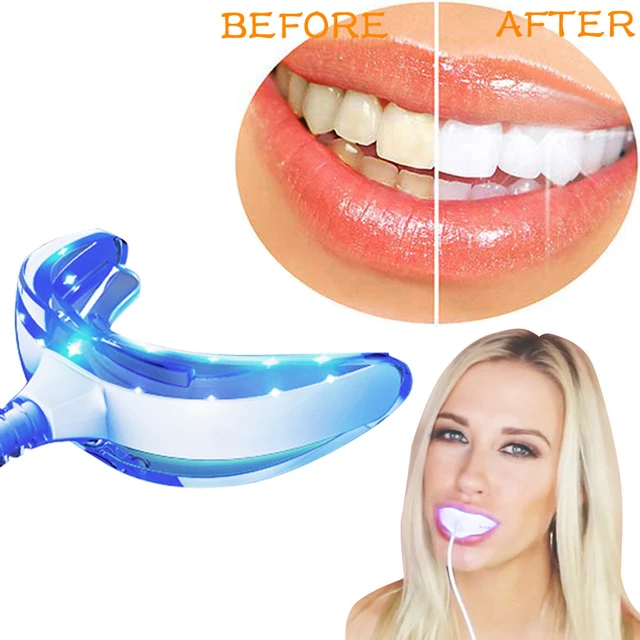 Understanding LED Teeth Whitening
Understanding LED Teeth Whitening
Does led light whiten teeth
What is LED Teeth Whitening?
Definition: LED teeth whitening is a dental treatment that uses a special gel activated by LED (Light Emitting Diode) light to whiten teeth. The process aims to reduce discoloration and stains, providing a whiter and brighter smile.
How Does LED Teeth Whitening Work?
Activation Process: LED light does not whiten teeth on its own. Instead, it activates the whitening agent (usually peroxide-based) applied to the teeth, enhancing its effectiveness and speeding up the whitening process.
Chemical Reaction: The light accelerates the chemical reaction of the whitening agent, breaking down the stains on the enamel and dentin to lighten the color of the teeth.
Benefits of LED Teeth Whitening
Effective Results
Quicker Whitening: The use of LED light can speed up the whitening process, providing noticeable results in a shorter period compared to traditional methods.
Enhanced Whitening: By activating the whitening agent more effectively, LED lights can sometimes achieve better whitening outcomes.
Convenience
At-Home Kits: Many at-home LED whitening kits offer a convenient alternative to visiting a dentist. These kits are designed for ease of use and allow individuals to whiten their teeth at home.
Safety
Low-Heat Emission: LED lights emit low heat, reducing the risk of sensitivity issues compared to other light sources like UV lights.
Non-Invasive: LED teeth whitening is generally non-invasive, making it a safe option for most people.
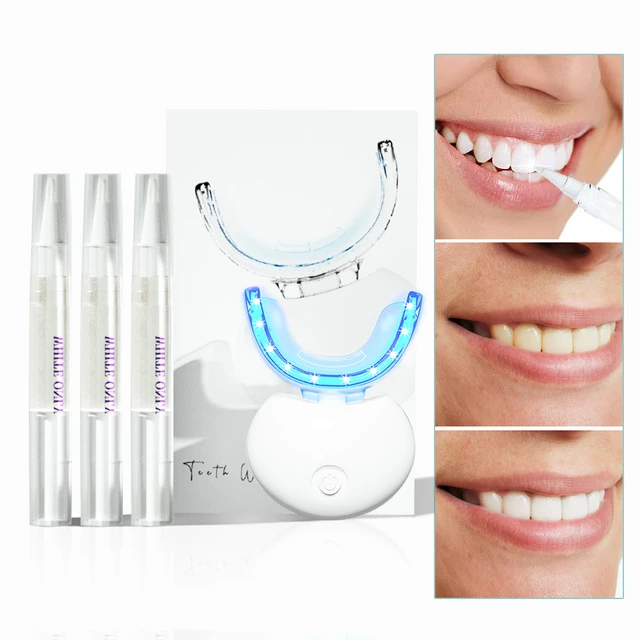 How to Use LED Teeth Whitening
How to Use LED Teeth Whitening
Professional Treatments
Dentist Supervised: Professional LED whitening treatments are performed by dental professionals. They involve the application of a high-concentration whitening gel followed by the activation of the gel with an LED light.
Procedure: The dentist will apply a protective barrier on your gums, apply the whitening gel to your teeth, and use the LED light to activate the gel for a specified period.
At-Home Kits
Components: At-home kits usually include a whitening gel, an LED light device, and often a mouth tray.
Instructions: Each kit will come with specific instructions, but generally, you apply the gel to the mouth tray, place it over your teeth, and activate the LED light for the time recommended by the manufacturer.
Frequency and Duration
Professional Treatment: Typically, professional treatments last about an hour and may require multiple sessions depending on the desired results.
At-Home Kits: At-home treatments may require daily use for a period ranging from a week to a month.
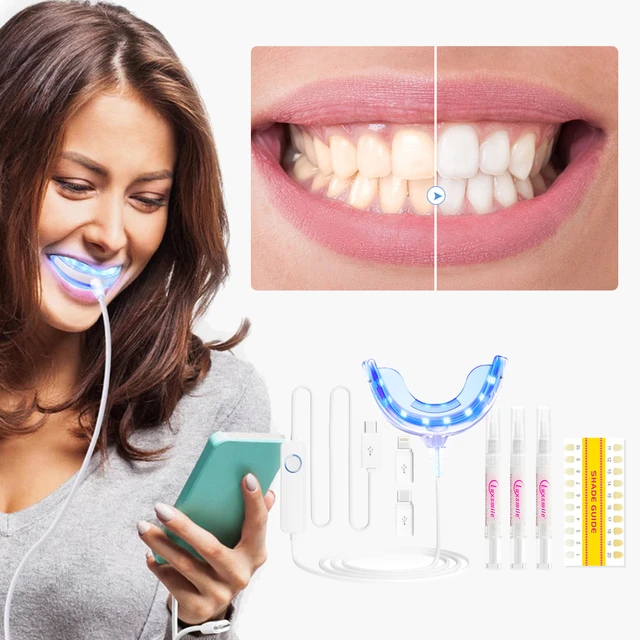 Potential Risks and Side Effects
Potential Risks and Side Effects
Tooth Sensitivity
Temporary Sensitivity: Some people may experience temporary tooth sensitivity after using LED whitening treatments. This is usually due to the peroxide in the whitening gel.
Preventive Measures: Using desensitizing toothpaste before and after the treatment can help reduce sensitivity.
Gum Irritation
Protective Measures: Improper application of the whitening gel can lead to gum irritation. Professional treatments include protective measures such as gum barriers to prevent this.
Overuse Risks
Damage to Enamel: Excessive use of whitening agents can damage the enamel. It’s important to follow the recommended usage guidelines provided with at-home kits or by your dentist.
Comparing LED Teeth Whitening to Other Methods
In-Office Whitening
Professional Supervision: In-office whitening, whether using LED light or not, is conducted by dental professionals, ensuring safety and effectiveness.
Stronger Whitening Agents: The whitening agents used in professional treatments are typically stronger than those available in over-the-counter kits.
Whitening Strips
Ease of Use: Whitening strips are easy to use but may not provide as even coverage or as quick results as LED treatments.
Milder Results: The whitening agents in strips are usually milder, requiring longer use to achieve desired results.
Whitening Toothpaste
Maintenance: Whitening toothpaste can help maintain the results of professional or LED treatments but is generally not effective for significant whitening on its own.
Gradual Effect: Results from whitening toothpaste are subtle and gradual, requiring consistent, long-term use.
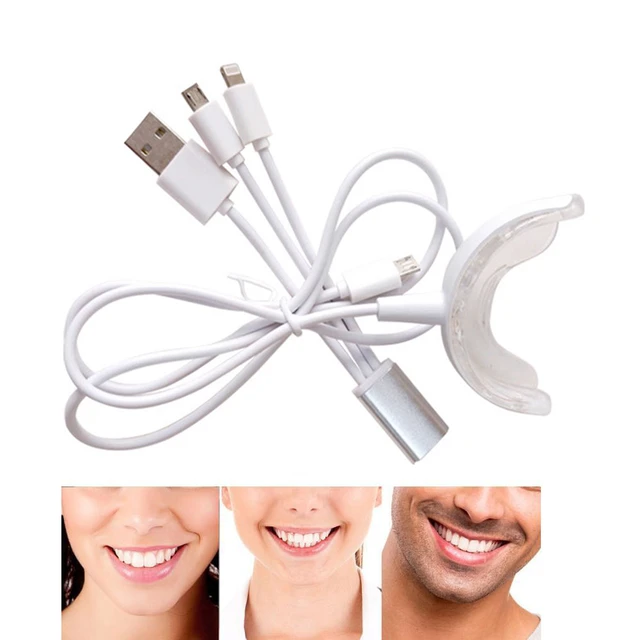 Research and Evidence
Research and Evidence
Studies on Effectiveness
Scientific Support: Several studies support the effectiveness of LED light in enhancing the whitening process when used with peroxide-based gels. For example, a study published in the Journal of Clinical Dentistry found that LED-activated whitening treatments provided better results compared to treatments without light activation.
Comparison to Other Lights: Research indicates that LED light may be just as effective, if not more, than other light sources like UV lights, with less associated risks.
User Experiences
Positive Feedback: Many users report positive results with both professional and at-home LED whitening treatments, highlighting noticeable improvements in tooth color and a relatively quick process.
Diverse Outcomes: Results can vary depending on factors like the starting color of the teeth, the concentration of the whitening agent, and the duration of treatment.
Choosing the Right LED Whitening Treatment
Professional vs. At-Home
Professional Treatment Benefits: For the most effective and safest results, professional treatments under the supervision of a dentist are recommended.
At-Home Kits: For convenience and cost savings, at-home kits can be a viable option, provided users follow instructions carefully and purchase reputable products.
What to Look For in At-Home Kits
Reputable Brands: Choose kits from reputable brands with positive reviews.
ADA Seal: Look for products with the American Dental Association (ADA) Seal of Acceptance, which indicates safety and effectiveness.
Ingredient Transparency: Ensure the kit provides clear information about the ingredients and concentration of the whitening gel.
Consulting with a Dentist
Professional Advice: Before starting any whitening treatment, consult with a dentist to determine if it’s suitable for you and to get recommendations on the best products and practices.
Maintenance After Whitening
Follow-Up Care
Avoid Staining Foods and Drinks: To maintain the results, avoid foods and drinks that can stain your teeth such as coffee, tea, wine, and berries.
Good Oral Hygiene: Practice good oral hygiene by brushing and flossing regularly to keep your teeth clean and prevent new stains.
Touch-Up Treatments
Periodic Use: Depending on your lifestyle and diet, you may need periodic touch-up treatments to maintain the brightness of your teeth.
Preventive Products: Use whitening toothpaste and regular dental cleanings as part of your maintenance routine.
Conclusion
Does led light whiten teeth
LED teeth whitening is a popular and effective method to achieve a brighter smile. By understanding the science behind it, the benefits, and how to use the treatments properly, you can make an informed decision. Whether you opt for professional treatments or at-home kits, consult with a dentist to ensure the best results and maintain good oral hygiene practices to keep your smile shining bright.

